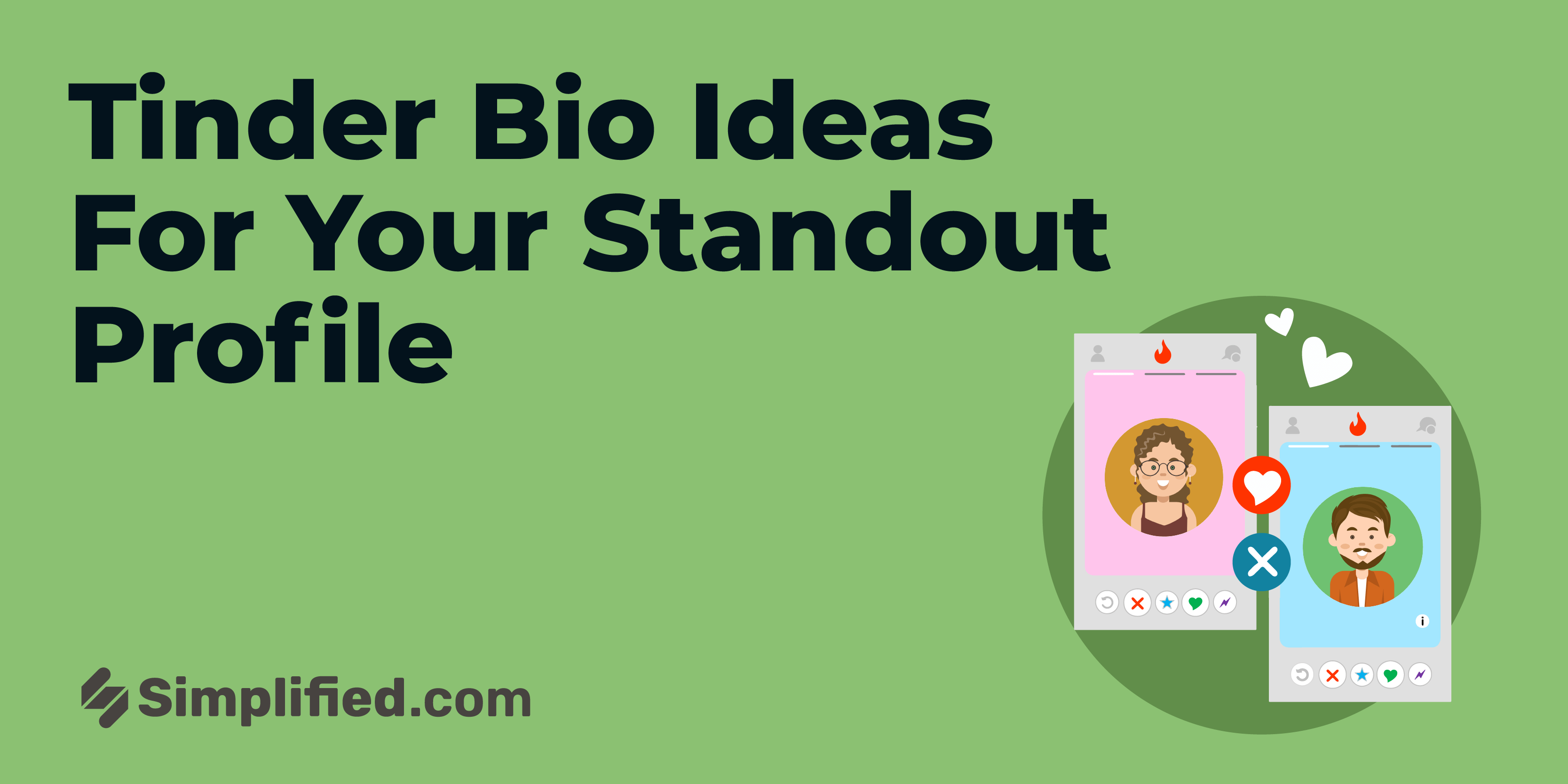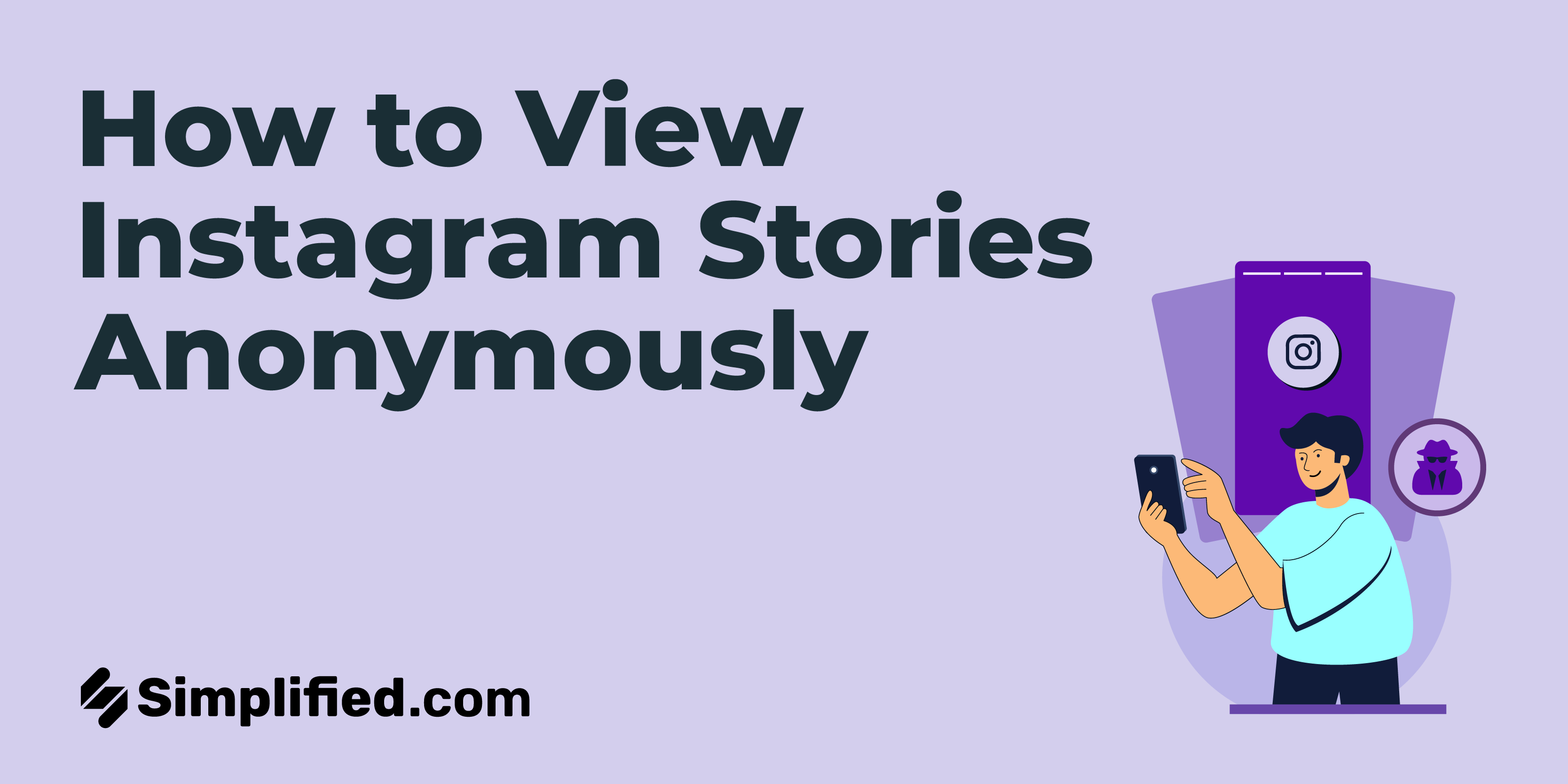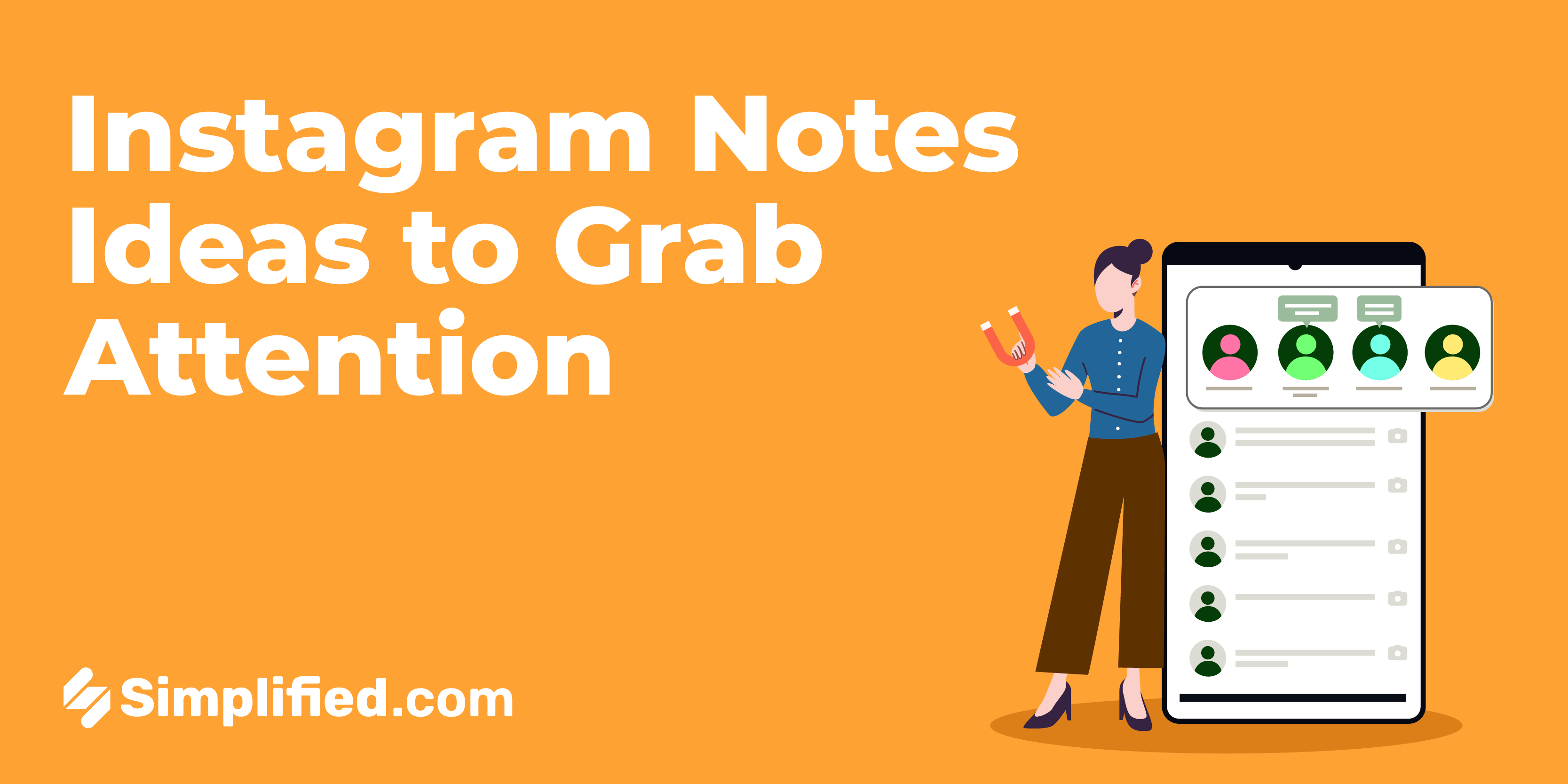In the ever-evolving landscape of social media, staying abreast of terminology is crucial. One such term that has become ubiquitous is "Reaction Emoji." Let's unravel its meaning and significance across various social platforms.
Understanding "Reaction Emoji":
"Reaction Emoji" refers to the expressive icons users employ to convey sentiments about a post. These emojis transcend the simplicity of a 'like' button, enabling nuanced responses.
Meaning of Reaction Emoji:
Each emoji carries a distinct meaning, offering a spectrum of emotional reactions—from laughter to awe or love. Users can choose from a predefined set of emojis, adding a layer of personalization to their interactions.
Reaction Emoji on Social Media: On platforms like Facebook, users react to posts using emojis instead of merely 'liking' them. This nuanced feature enriches communication, allowing for a more diverse range of emotional expression.
Context: Where "Reaction Emoji" Takes Center Stage:
The term "Reaction Emoji" is most prominently used on Facebook, where users engage with content using a variety of expressive emojis. This platform revolutionized the traditional 'like' button, fostering more meaningful interactions.
Why Reaction Emoji Matters:
1. Enhanced Communication: Reaction emojis offer users a dynamic way to respond, providing a more nuanced alternative to a simple 'like.'
2. Engagement Metrics: For content creators and marketers, analyzing reaction emojis provides insights into audience sentiments, helping tailor future content.
3. Cultural Significance: These emojis have become a cultural language, allowing users to express emotions succinctly and universally.
As social media continues to shape our digital interactions, understanding terms like "Reaction Emoji" is paramount. It's not just a button; it's a language that adds depth to our online expressions. Embrace the emojis, and let your reactions tell a richer story in the world of social media. Stay tuned for more insights into the social media lexicon!
.webp)













